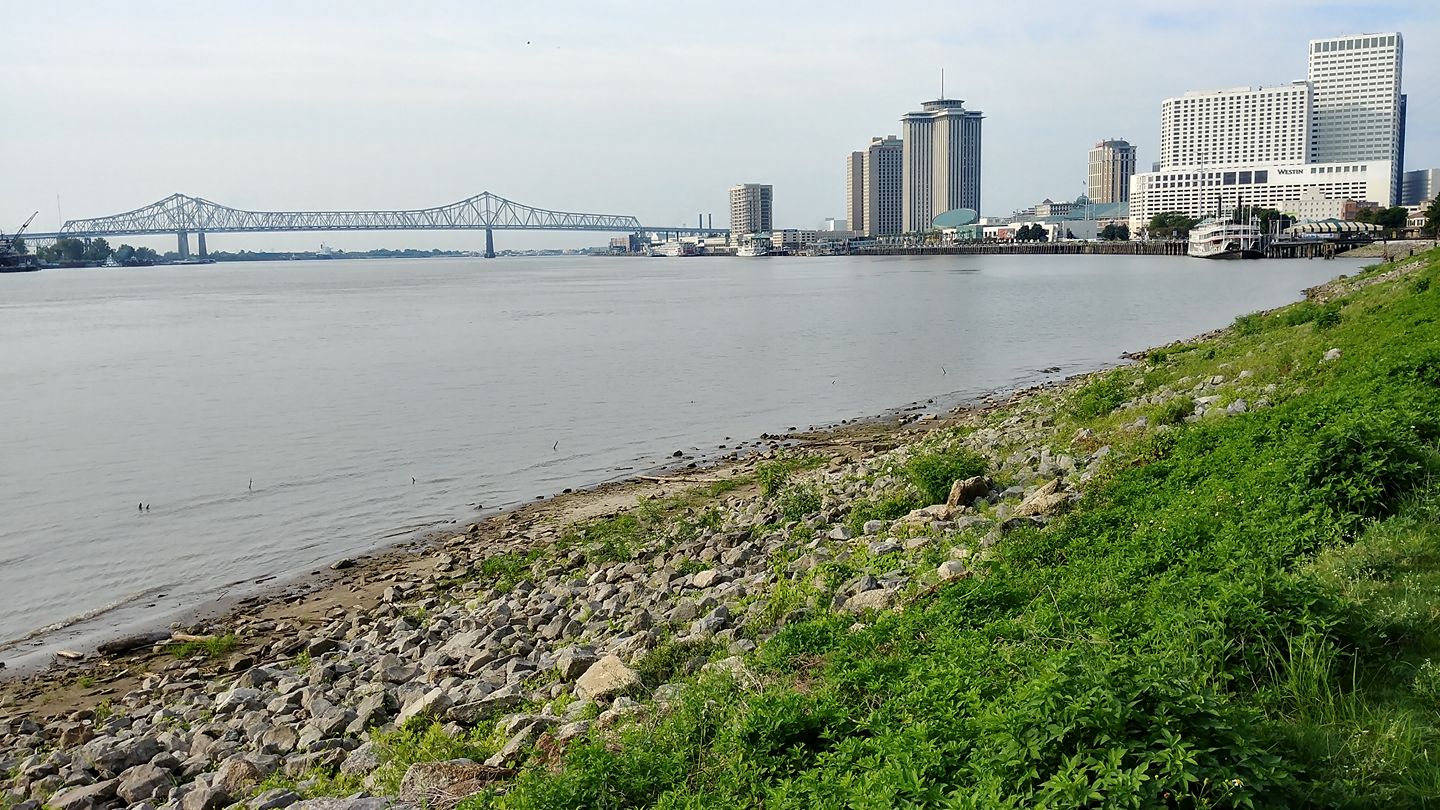I'm on the Board of Directors for the Apollo Chorus of Chicago, and information technology is my portfolio. Under that aegis, I'm in the process of taking all of our donor and membership spreadsheets and stuffing them into a new Neon CRM setup.
So far, it's going well, and it's going to make the organization a lot more effective at managing membership, events, and donations.
That said, in the last 24 hours I've logged five bug reports, including one of the most frustrating user experience (UX) bugs possible: a broken back button. This UX failure is so well-known and so irritating that we were talking about it when I started developing Web apps in the late 1990s. Jakob Nielsen called it the #1 web design mistake...of 1999:
The Back button is the lifeline of the web user and the second-most-used navigation feature (after following hypertext links). Users happily know that they can try anything on the web and always be saved by a click or two on Back to return them to familiar territory.
Except, of course, for those sites that break Back by committing one of these design sins:
- opening a new browser window (see mistake #2)
- using an immediate redirect: every time the user clicks Back, the browser returns to a page that bounces the user forward to the undesired location
- prevents caching such that the Back navigation requires a fresh trip to the server; all hypertext navigation should be sub-second and this goes double for backtracking
Neon, however, has made some alternative design choices, and even has a FAQ explaining how they've broken the rules.
Seriously, guys. It's a good product, but wow, is that irritating.
A new paper in the journal Theoretical and Applied Climatology tries to replicate the most-referenced papers in the 3% minority that find alternate explanations for human-caused global warming. Turns out, the deniers are still looking for their Galileo:
This new study was authored by Rasmus Benestad, myself (Dana Nuccitelli), Stephan Lewandowsky, Katharine Hayhoe, Hans Olav Hygen, Rob van Dorland, and John Cook. Benestad (who did the lion’s share of the work for this paper) created a tool using the R programming language to replicate the results and methods used in a number of frequently-referenced research papers that reject the expert consensus on human-caused global warming. In using this tool, we discovered some common themes among the contrarian research papers.
Cherry picking was the most common characteristic they shared. We found that many contrarian research papers omitted important contextual information or ignored key data that did not fit the research conclusions.
We found that the ‘curve fitting’ approach also used in the Humlum paper is another common theme in contrarian climate research. ‘Curve fitting’ describes taking several different variables, usually with regular cycles, and stretching them out until the combination fits a given curve (in this case, temperature data). It’s a practice I discuss in my book, about which mathematician John von Neumann once said, "With four parameters I can fit an elephant, and with five I can make him wiggle his trunk."
This represents just a small sampling of the contrarian studies and flawed methodologies that we identified in our paper; we examined 38 papers in all. As we note, the same replication approach could be applied to papers that are consistent with the expert consensus on human-caused global warming, and undoubtedly some methodological errors would be uncovered. However, these types of flaws were the norm, not the exception, among the contrarian papers that we examined.
You can count the insurance industry among the groups that believe the science is settled. Insurers appear to have started looking at climate change as an inevitability, not a risk, which changes their models radically:
[F]lood insurance was not a lucrative business to begin with. Congress set up the National Flood Insurance Program in 1968 as it became clear that private companies couldn’t profitably provide coverage. Now, nearly half a century later, the program is—ahem—under water by $24.6 billion. As a result, there’s a push to move flood insurance toward the private market. That could mean less building in flood-prone areas, as they become effectively uninsurable thanks to sky-high rates. Says Morningstar’s Brett Horn: “Frankly, that’s not a bad outcome.”
Meanwhile, the second major hurricane of the season is heading for Florida...
Today is my birthday, which makes this year's Beloit College Mindset List even harder to read:
Students heading into their first year of college this year are mostly 18 and were born in 1999.
2. They are the last class to be born in the 1900s, the last of the Millennials -- enter next year, on cue, Generation Z!
11. The Panama Canal has always belonged to Panama and Macau has been part of China.
12. It is doubtful that they have ever used or heard the high-pitched whine of a dial-up modem.
16. They are the first generation to grow up with Watson outperforming Sherlock.
25. By the time they entered school, laptops were outselling desktops.
38. They have only seen a Checker Cab in a museum.
47. The BBC has always had a network in the U.S. where they speak American.
59. Bill Clinton has always been Hillary Clinton’s aging husband.
Ouch.
I'll just levee where I foundee.

Yesterday I posted a photo of the hotel I'm staying in. Apparently it caught my eye on my first trip to New Orleans, in December 2003:

Also, I didn't really take a lot of photos on the 2003 trip, presumably because the camera (a 1.8 Megapixel Nikon E2100) had limited storage.
I'm taking a couple of days to shadow some friends in New Orleans. It's a nice end to summer: while Chicago already feels like early autumn, here it'll get up to 32°C in a couple of hours.
My hotel is historic, and really cute:

Updates as events warrant. Brunch first.
A 1990s study by New York City showed that in-sink garbage disposals punch above their weight in environmental benefits. So why are they so rare in the city? Misconceptions, apparently:
The city installed more than 200 of the devices in select city apartments for a 21-month trial run; they then compared apartment units that had disposers with disposer-less units in the same building. Careful analyses from this study and others formed the basis of DEP’s report: the projected impact of citywide disposal legalization was minimal, and the Department estimated a $4 million savings in solid waste export costs.
Waste disposal is a thorny problem even in small towns, but for New York City, the trash pile continues to mount: The Department of Sanitation handles nearly 10,000 tons per day of waste generated by residents and nonprofit corporations, and the cost of disposal in Manhattan has grown from $300 million in 2005 to about $400 million today. Commercial establishments are serviced by private carting firms who also collect about 10,000 tons per day. All of that trash must be transported to landfills—often hundreds of miles outside the city—where it is converted into methane gas.
[L]andlords may still be reluctant to install the fixtures because of first-time installation costs (which can exceed $600), concerns about maintenance, or because they simply aren’t aware disposers are permitted to begin with. Perhaps the greatest block to in-sink disposal adoption, however, are our own misconceptions about them. Water and electricity use are minimal (according to InSinkerator, disposers account for less than 1 percent of a household’s daily water usage, and the total energy cost is about $0.50 per year); the devices don’t require much maintenance and often last a decade or more; clogged pipes are rare because scraps are entirely pulverized; almost everything can go down the disposer (veggies, fruit, meat, pizza), and newer models are nearly silent (and not deadly).
They also help your kitchen garbage smell better. But that's nothing compared to recapturing millions of tons of methane.
One week after Amazon's purchase of Whole Foods Market, what have we learned? Mainly that Amazon is great at marketing:

Amazon-owned Whole Foods wasted no time in reducing prices on certain food items across the store, including avocados, tomatoes, bananas, ground beef and eggs.
A few examples: At a Whole Foods in Evanston, a dozen white eggs went from $3.39 to $2.99; New York strip steak, from $18.99 a pound to $13.99; and organic bananas from 99 cents a pound to 69 cents.
But some analysts say the price cuts were mostly about creating buzz. Gordon Haskett Research Advisors, a New York-based market research firm, compared 114 items before and after the announced changes at a Whole Foods store in New Jersey and found an average price decline of only 1.2 percent, with 78 percent of the items unchanged from the previous week.
"As Amazon integrates Whole Foods' supply chain and distribution into its existing infrastructure, I think Prime members will become more willing to try Amazon's grocery platform, with the endgame being a higher Prime pricing tier. Still, I believe it will take some time before we can define the acquisition as a success," [said R.J. Hottovy, an analyst with Morningstar, a Chicago-based market research firm].
I went there Monday (see photo above), and saw some items marked down but otherwise not much changed. I'll be watching closely.
I promised to post photos from Scotland once I had a chance to go through all 800 or so from my 7D, and today, I had a (short) chance.
First: the Scottish National Gallery, Edinburgh, where we had breakfast on August 8th:

Second, Glenmachrie House, where we stayed:

(This is the reverse of the image I posted earlier, about an hour later, and with a real camera and HDR software.)
More tomorrow.
I first visited New York in July 1984, stopping by the Metropolitan Museum of Art on the 25th. I took a photograph of Georges de La Tour's "The Fortune Teller," painted sometime between 1620 and 1639:

Last month I visited again, on the 23rd—just two days shy of 33 years later:

Using Adobe Photoshop Lightroom, I have tried to get the photos to look as similar as possible. But my LG G6 phone and its 13 Megapixel camera just provides so much more data than the 4 Megapixel scan of the Kodachrome 64 slide, which itself has such constrained dynamic range, that the modern photo can't help but be clearer.
In fact, the narrow dynamic range of Kodachrome was one of its selling points. The trade-off was its deep, rich colors and detail—none of which a quick 4 MP scan can read.
If I have the opportunity, I'll re-scan the original slide and try again. For now, I leave the diptych above as a demonstration of how far photography has come since I was a kid.
For comparison, here's the reference image from the Met's website:
